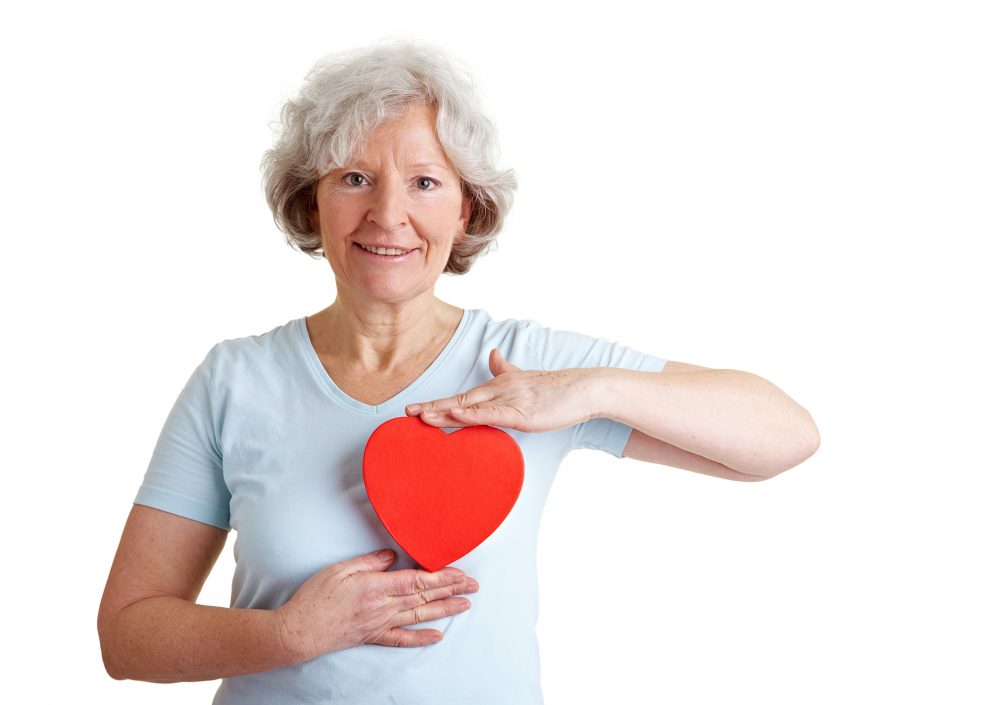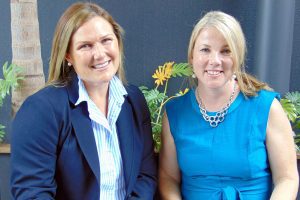Australian clinicians are being challenged to keep in mind the health of women’s hearts, not just that of men.
A study of more than 53,000 patients found the odds of women being appropriately screened for cardiovascular disease (CVD) was 12 per cent lower than men.
The authors of the George Institute for Global Health and The University of Sydney study say the “worrying” findings point to a clear gender divide when it comes to Australia’s number one killer.
The Heart Foundation agrees, saying the research highlights that women are “seemingly invisible” when it comes to comes to heart disease.
“Heart health checks are as equally important in women as they are in men and these findings put a challenge out to all clinicians to keep this in mind when they are assessing their patients,” said Julie Anne Mitchell, Heart Foundation Cardiovascular Health Director.
The study published in journal Heart also found “major discrepancies” in the treatment of women at high risk of CVD.
Younger women, aged 35-54, were 37 per cent less likely than younger men to have appropriate medications prescribed, such as blood pressure drugs and statins.
By contrast, older women aged 65 or over were 34 per cent more likely than older men to have appropriate medications prescribed.
Associate Professor Julie Redfern, from The George Institute, says there’s still the perception that heart disease is a man’s disease.
But the latest statistics show the number of women to die from cardiovascular disease every year is 23,455, compared with 21,937 men.
That’s almost three women every hour of every day.
Greater awareness and more funding for research on this leading health issue for women is urgently needed, says the Heart Foundation’s Ms Mitchell.
“Australian research highlights that total healthcare expenditure on women with heart disease is less than half of that spent on men and this latest research highlights yet again there is an urgent need to redress this imbalance,” she said.
In 2013 $1.365 billion was spent on men, compared to $663 million on women, according to the foundation.
Ms Mitchell also said the attention of clinicians needed to be on young women as well as older women.
“Close to 60 per cent of women aged 18-44 are not sufficiently physically active, one in ten has high blood pressure and 15 per cent still smoke daily. These are factors we cannot ignore.”





















Add Comment